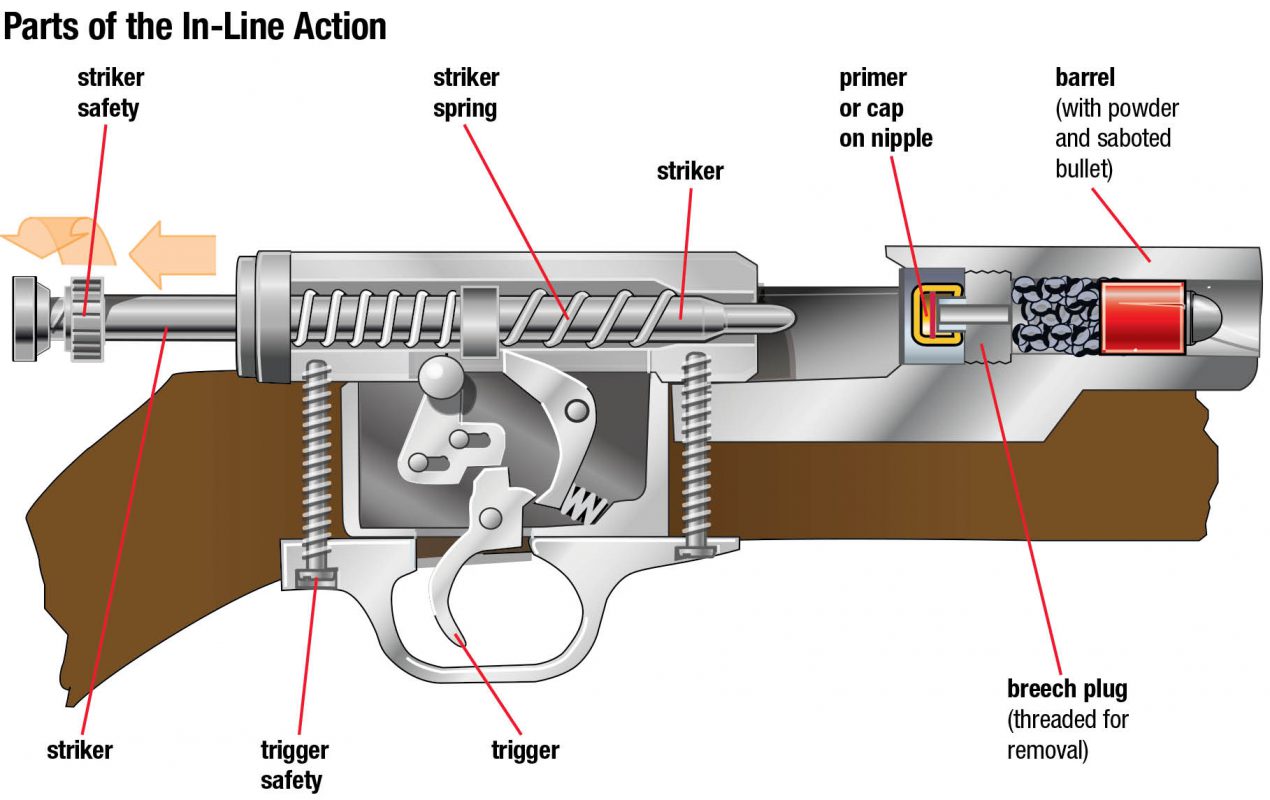How Guns work
Believe it or not, humans have been hurling projectiles at animals and each other for about as long as human history has been recorded, and “guns” aren’t as new as you might think. The earliest devices that were identified as guns were from China around CE 1000 and by the 12th century, that technology was used throughout the rest of Asia and into Europe by the 13th Century.
Ancient Weapons

The first identified gun was a bamboo tube that used gunpowder to shoot a spear. China invented gunpowder around the 9th century – it follows that they were then the first country to manufacture a gun. This weapon, known as the fire lance, was operable by a single person.
Even though guns have been around for quite some time and their form factors have since modernized, their operating principles haven’t changed from their origins: they fire projectiles from compressed gas in a barrel or cylinder through combustion of some form. How Guns Work.
As time has passed, guns have developed into what they are today: all manner of rifles, handguns, shotguns, and more. They each have their own set of characteristics that make them unique, but almost all share that same ancient operating principle that launched that spear from a tube of bamboo over a thousand years ago.
Basic Operation of a Modern Firearm

how a firearm works
Here’s a great animation on this process:
How Modern Firearms are Classified
Modern firearms can be described by their specific caliber. Pistols and rifles are labeled by millimeters or inches of their designated round and shotguns are labeled by their gauge (Here’s a great bit of ‘gauge’ trivia for you; Gauge is determined by the number of lead balls of size equal to the approximate diameter of the bore that it takes to weigh one pound. For example, it would take 12 lead balls with the same diameter as a 12-gauge shotgun bore to weigh one pound.). They’re also described by the type of action that they use (muzzleloader, lever, bolt, pump, revolver, semi-auto, fully auto, etc). Additional classifications might reference the firearm’s type of barrel, length of barrel, intended use (hunting rifle), or firing mechanism.
As technology advances, there’s no telling what the future of firearms will look like. We’re already looking at advances in polymer ammunition, careless ammunition, as well as 3D printing to bring us weapons we wouldn’t have thought about in the years before. Maybe one day we’ll actually have viable plasma weapons or handheld rail guns like they have on Sci-Fi movies.

Feel free to swing by the shop and chat us up if you ever have any questions on how a firearm works. We would be more than happy to walk you through each step and help visualize the processes of how each firearm would operate. We’ll see you soon!



